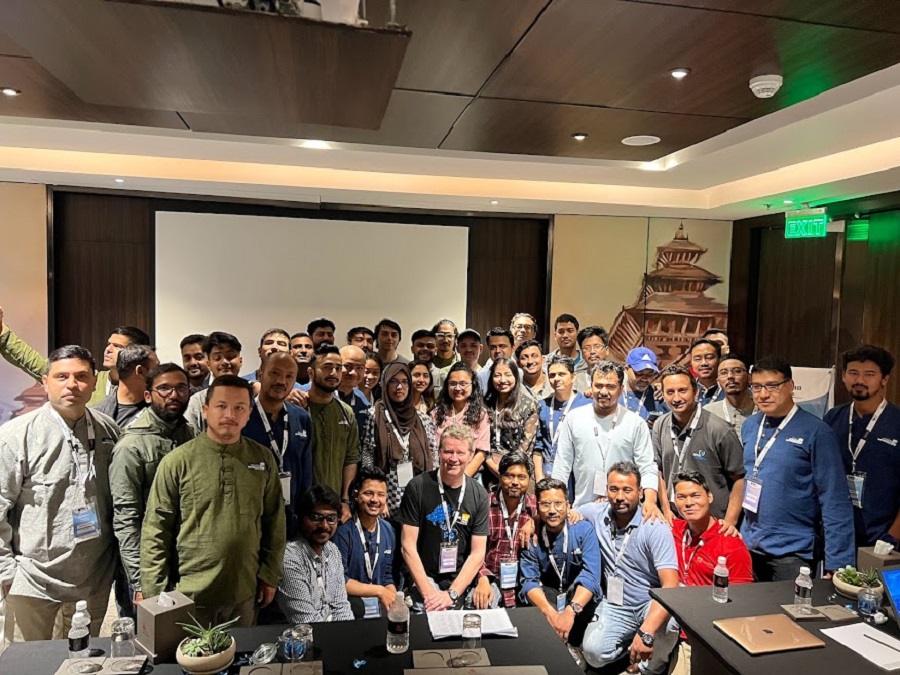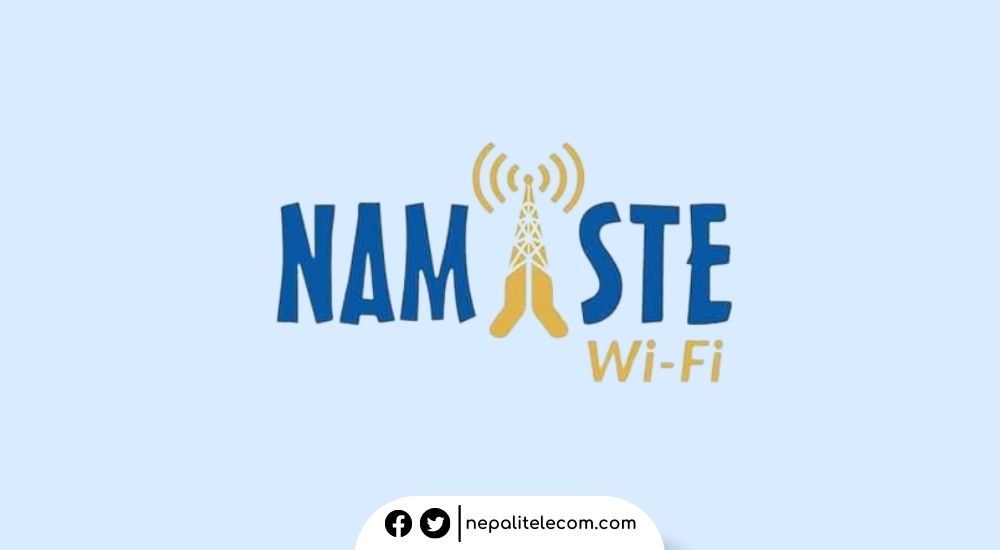‘SANOG 38 and NPNOG 6’ conference has concluded with a multi-faceted discussion on information technology and communication. The event included conference and workshop for four days as well as presentations on wide-ranging topics from key figures from top tech companies, ministry, and other stakeholders in Nepal and South Asia.
Short for South Asian Network Operators Group, SANOG – 38, and NPNOG – 6 short for Nepal Network Operators Group hosted the conference for 5 days in Kathmandu.
The flagship event comprised discussions and presentations by professionals and researchers and high-ranking officials from the MoCIT and others in the ICT industry. They also shared their experiences and evolving trends in the sector with their peers.
Kishor Panta, Nepal Internet Exchange chair said the program focused on discussions among South Asia’s ISPs, telecommunication, and network operators. Those with a yearning for ICT also received training on ICT skills at the workshop that ran for 4 days.

NPNOG president and Nepal Internet Exchange board of director Samit Jung Thing said the SANOG and NPNOG event is a community program. He shared that Nepal Internet Exchange acted as the lead host for 5 days.
Mr. Samit also added that any state does not own internet and a service provider should have a right to provide the service without formal approval by regulators. He said NOG represents a country’s operators’ group and is a non-profit organization.
He shared that SANOG is an umbrella organization for network operators in South Asia.

The event featured presentations in various sessions. The first Technical Session focused on IPv6 deployment, trends in South Asia, and global routing updates by Nepali and foreign ICT professionals. The second included presentations on MNRS, RPKI, peering toolbox, etc. In the meantime, a case study was presented by Nangialav Nangial (MCIT) on “Afghanistan National Internet Exchange Point”.
Also see: NTA Chair Calls for Joint Effort to Ensure Broadband Service
IPv6 deployment grow since COVID-19 pandemic
A session on “IPv6 Deployment in South Asia” by Pubudu Jayasinghe (APNIC) highlighted the growing use of IPv6 internet in South Asia. Mr. Jayasinghe showed that the use of the latest Internet Protocol version 6 increased up to 40% among users who accessed Google since the pandemic.

Meanwhile, the use of IPv6 for Facebook also increased by 25% – 35% during the Covid-19 times. He also derived that 30.1% of Nepal’s internet was IPv6 capable. Only India, and Sri Lanka fared ahead at first and second with 76.19% and 55.72% IPv6 capability.
The IPv6 is the successor to the old IPv6 Internet technology. It is a key marker of how secure and advanced an internet connection is.
Don’t miss: IPv6 Internet Growing in Nepal, Ranks 3rd in South Asia
Quality of Service issues in Nepal
Another session on “QoS in Nepal” was hosted by Dinesh Mainali (Nepal Telecommunications Authority). Mr. Mainali highlighted the growth of broadband and mobile service coverage in Nepal. However, he also pointed out the roadblocks that are proving to be major challenges to providing a satisfying customer experience.

He listed ISPs providing internet service as ‘in an up to’ basis being a key QOS issue in Nepal. Similarly, FUP, the disparity between advertised and the real-world internet speed, the public’s own lack of knowledge of factors affecting internet performance, etc. were highlighted as other issues evading a quality internet service for Nepali customers.
Check out: The State of 4G Speed in Nepal and its Influencing Factors
In the end, the event included presentations on “Routing Infrastructure and Operational Security,” and “Network Management, Monitoring, and Security.” Similarly, there was another presentation on “Network Automation 101”. Professionals from Asia Pacific Network Information Centre (APNIC), Nepali ISPs, and other tech firms offered their views on their respective topics of presentation.
Do you approve of your service provider’s internet service? Do share with us in the comments below.











